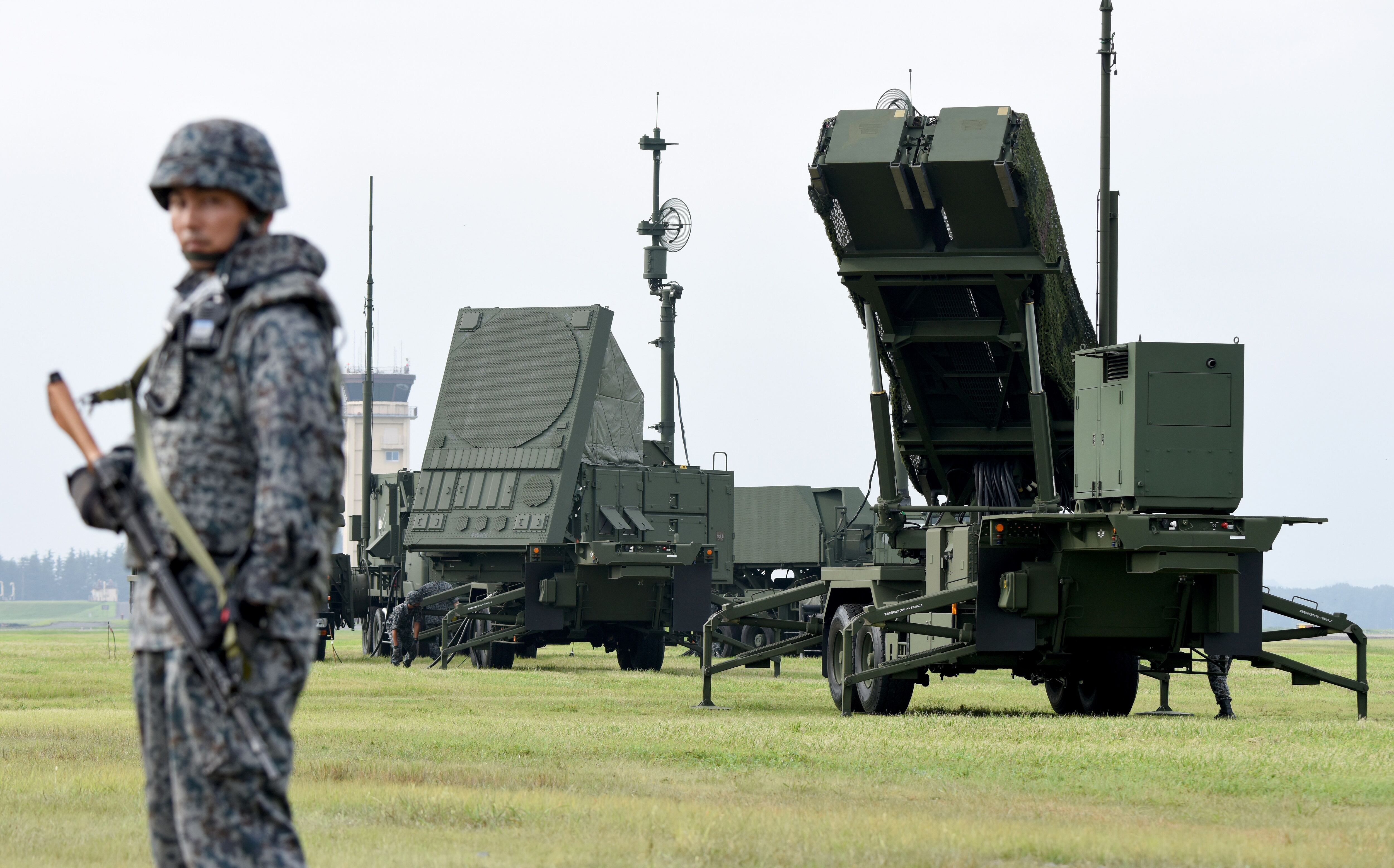WASHINGTON — The Pentagon’s deputy director for missile defense assured participants at the Defense News Conference on Wednesday that America has “the strongest defense possible” against the North Korean nuclear threat, yet cautioned that additional funding is needed to fortify defenses for more formidable threats to come.
“If your children tonight ask if we’re safe from North Korea, I will tell you we have the strongest defense possible against the threat right now, today. What we’re really concerned about is downstream as the threat becomes more complex,” said Rear Adm. Jon Hill, deputy director of the U.S. Missile Defense Agency.
Speaking just four days after Pyongyang’s sixth nuclear detonation and against the backdrop of the dozens of North Koran ballistic missile tests conducted in the past two years, Hill said additional funding is required to render active defenses more robust to meet future threats.
“We’re focused on threats to our nation and to our allies and constantly performing threat projections. We have the programs and initiatives in place to keep pace and stay ahead of the threats. But much depends on public investment,” Hill said.
But, he added, “such projections and programs can be difficult if you don’t have the resources.”
RELATED

To that end, Hill said MDA has three top priorities. Firstly, it aims to enhance the reliability of existing systems, build the confidence of war fighters and work to reduce the number of missiles needed to intercept threats.
Secondly, he said, MDA is working to augment capability and capacity of existing systems through additional sensors and interceptors. “We need to continue to build out the sensor architecture. If you can’t see it, you can’t shoot it. … So we need to upgrade global missile defense capabilities and then the numbers of interceptors.”
Thirdly, the MDA deputy said, the organization was working with industry and international partners to develop new means of detecting and intercepting much more advanced, future threats that are likely to involve decoys, separation warheads and saturation attacks. Key focal points for development, he said, include directed energy, which Hill characterized as a “game-changer.”
Other developmental priorities include space-based and other sensors, and the means for linking disparate “sensors and shooters” deployed by the different service branches and allied nations.
“If you want a layered and effective defense against what is pretty much a 360-degree threat, you have to go in there and engineer to make sure your sensors are tracking. If you’re limited to terrestrial or ship-based radars, you need to make sure they are handing [data] over from one radar to the next and to other missiles. Once you do that, and harness capabilities of all the services, the power will be enormous,” Hill said.
Opall-Rome is Israel bureau chief for Defense News. She has been covering U.S.-Israel strategic cooperation, Mideast security and missile defense since May 1988. She lives north of Tel Aviv. Visit her website at www.opall-rome.com.








